I'm trying to find a good setup for continuous deployment single-page-apps on Windows Azure. Here are the constraints:
- The source code is hosted on GitHub.
- The application must be served on Windows Azure, either as a Web App or some other Azure service suitable for single-page-apps, that is, static html5-sites without a need for server-side processing.
- I'm trying out various single-page-app architectures using a build technology based on NodeJS such as grunt or gulp to produce the final site.
- I'm using WebStorm as the environment for the web development so any dependency to Visual Studio and MSBuild seems awkward in this context.
- I want to setup continuous deployment in the cloud, i.e. every new commit should lead to an automatic build and deploy. Everyting should be automated in the cloud.
I have tried out the Continuous Deployment feature of Windows Azure Web Apps but I can't make the build process do what I want. Perhaps it is possible to tweak the build process, I'm not sure.
I have also looked into AppVeyor but that seems to be optimized for .NET projects using MSBuild as the build-platform.
I have started looking into travis-ci and circleci which seems promising.
I want to find the simplest and most natural approach using the latest technologies and cloud services. What can you recommend?



